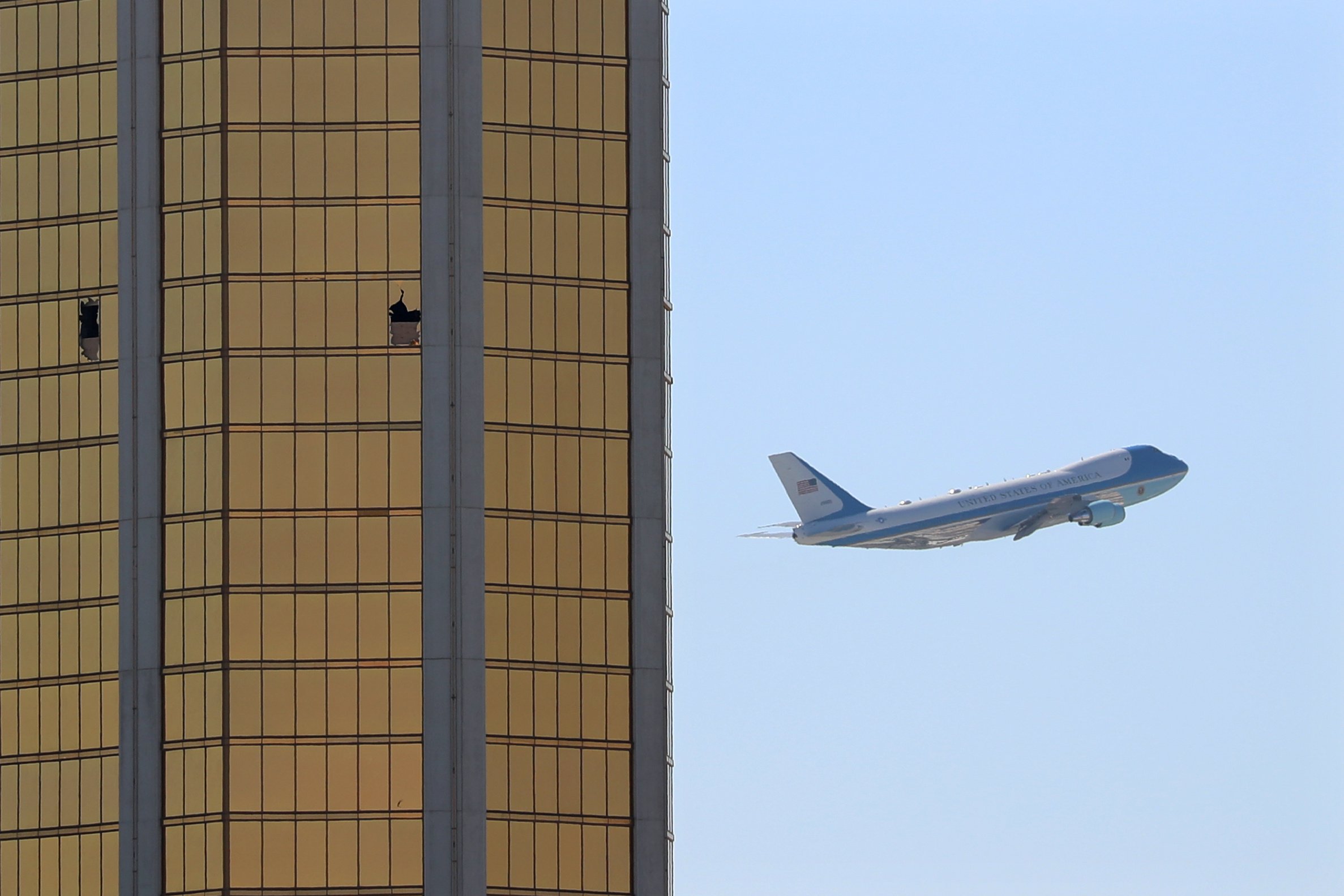What Americans Think About Gun Control: Evidence from the General Social Survey, 1972-2016

- Air Force One departs Las Vegas on Wednesday, flying past the broken windows on the Mandalay Bay Resort and Casino. (Mike Blake/Reuters)
- Article (gated)
- Article (ungated)
- Replication materials
- SocArXiv
Abstract
Objective: Gun control is a classic case of policy gridlock and we commonly assume public opinion is at the foundation of this gridlock. However, public opinion analyses of attitudes about gun control often say little about the topic itself and do not fully leverage our long-running survey data to assess partisan, regional, and temporal trends on attitudes toward gun control. Methods: I use over 26 waves of General Social Survey data from 1972 to 2016 to analyze the main public opinion cleavages (partisanship, urban/rural distinctions, and Census regions) of gun control. Results: I find that partisanship and ruralness are not robust predictors of attitudes about gun control and that partisan polarization is only partial and recent. Further assumptions about regional variation in attitudes toward gun control need re-evaluation. Conclusion: Gun control policy gridlock says more about polarization at the elite-level than mass-level. Future research can also do well to assess issue-linkage concerns on specific gun control policy measures.
Elsewhere
- Discussion in Washington Post (“Experts and the public agree on how to stop gun violence. Politicians don’t.”, Oct. 2, 2017)
- “Lots of Republicans actually support gun control”, The Monkey Cage (Oct. 3, 2017)
- Tweet-thread
- What Can Survey Data Tell Us About Public Opinion and the Gun Control Debate?